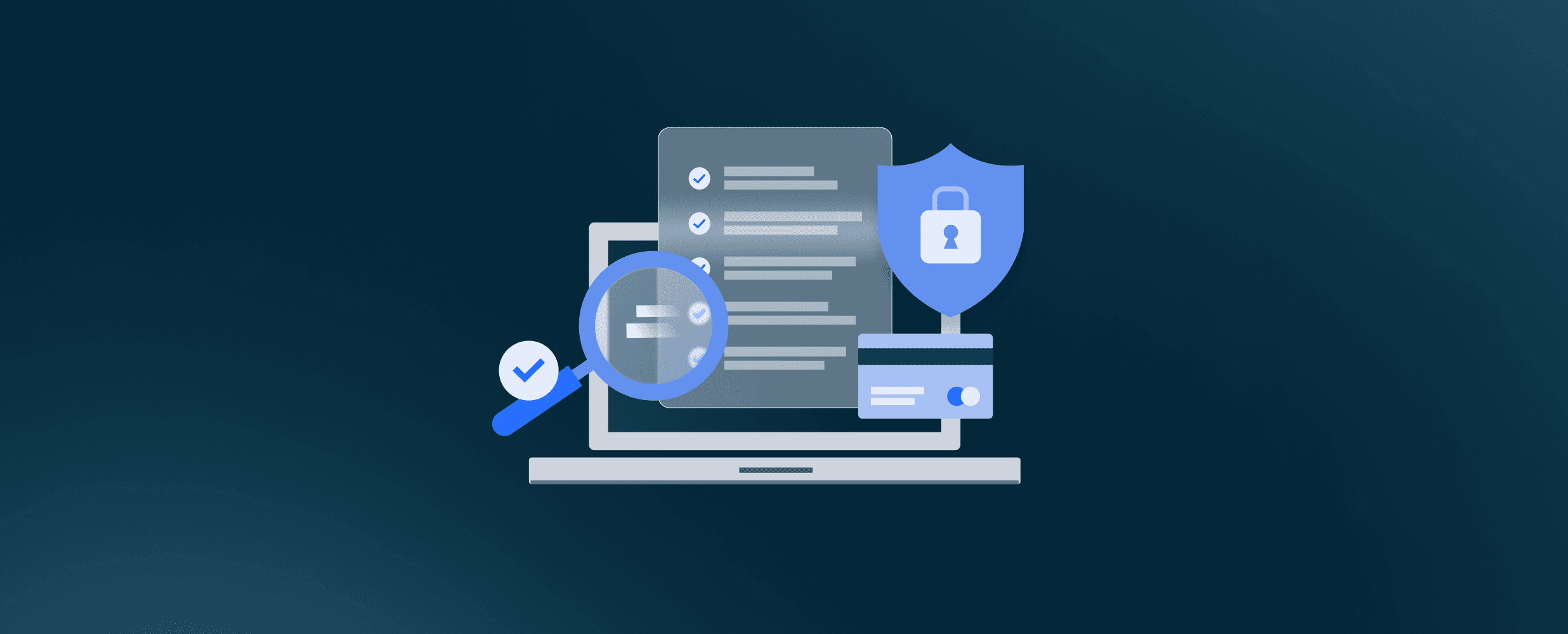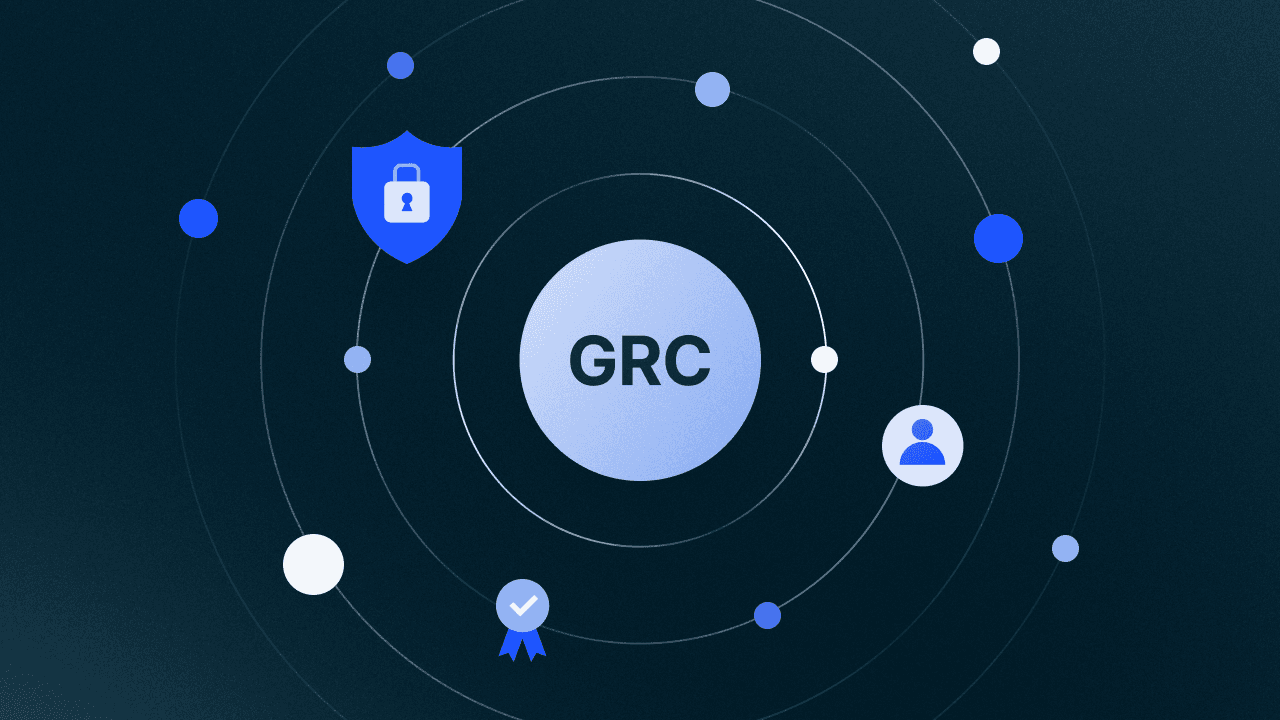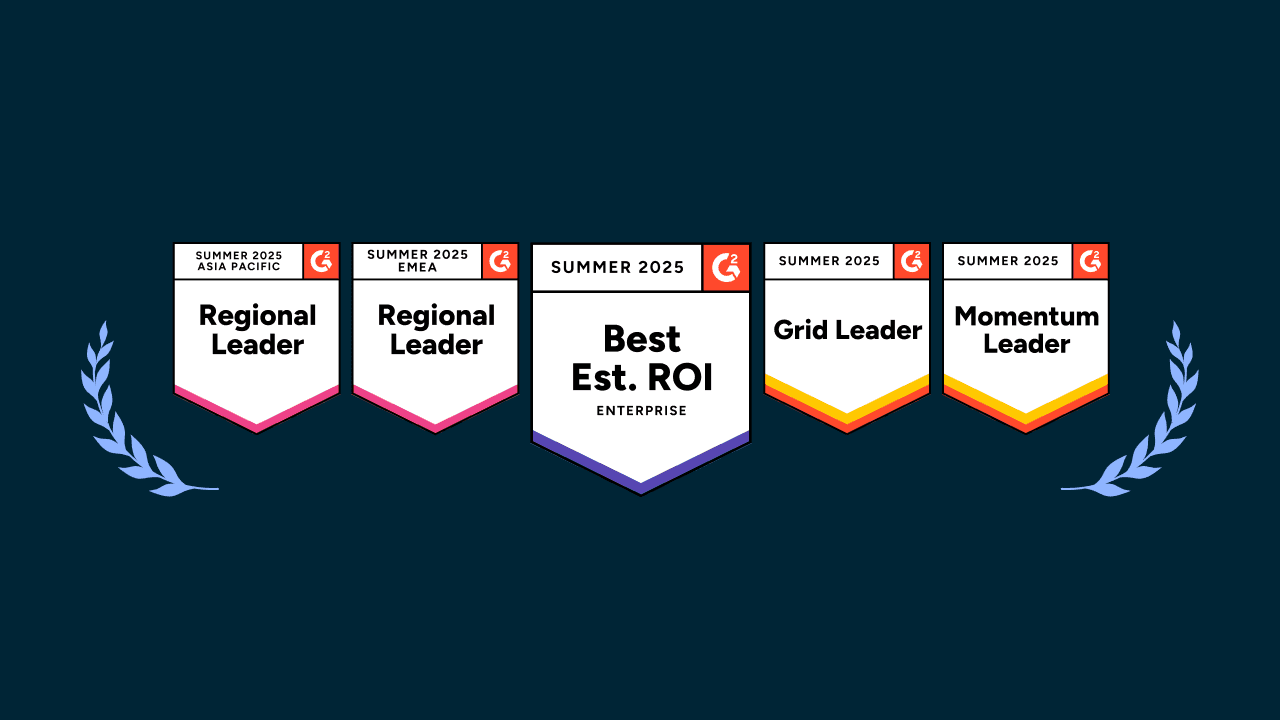15 Frameworks. Zero Chaos. How a F500 Global Restaurant Transformed Multi-Framework Compliance with Drata
The largest fast-casual restaurant chain in the U.S., with thousands of locations nationwide, was ready to break free from manual GRC workflows and clunky legacy tools. Here’s part two on how Drata made it happen. Estimated Reading Time: 5 mins
This is part two of a three-part blog series intended for GRC leaders and practitioners to learn from industry-leading companies and their peers about transforming GRC into a business accelerator. Click here to read part one of this series that demonstrates the PCI compliance use case.
Use Case Two: Unifying Multiple Compliance Frameworks
Challenge
Beyond PCI, the organization’s GRC scope spanned several frameworks – notably SOX (Sarbanes-Oxley Act IT controls), internal security policies/standards, and others like NIST CSF and CCPA (privacy) as the company expanded its program.
Previously, each of these compliance areas was handled separately. For example, the internal audit team tracked SOX IT General Controls in AuditBoard and SharePoint, while the security team tracked PCI in spreadsheets; any mapping between the two was manual. This siloed approach led to duplicative efforts – the same control (like user access review) might be tested twice for two different purposes – and made it hard to get an enterprise-wide view of compliance.
They lacked a common control framework to harmonize requirements. As one team member noted, “current control framework [was] highly manual and siloed, with no unified approach or enterprise risk management view.” This was not sustainable, especially as the business grew and new frameworks (e.g., new privacy laws or ISO standards) came into play. The GRC team wanted to consolidate compliance management – to manage controls one time and apply them to all relevant frameworks, and to break down the wall between internal audit and security compliance activities.
Drata's Solution
Drata enabled the organization to bring all their frameworks and controls into one integrated platform.
During implementation, the team worked with Drata to import or recreate their SOX controls and other internal requirements alongside their PCI controls. Drata’s flexible framework mapping was key: the platform allows a single control to be mapped to multiple standards or regulations. For example, their user access provisioning control could be mapped to a PCI requirement, a SOX COBIT control, and a NIST CSF subcategory all at once. When Drata automatically tests that control, the evidence is applied across all those frameworks simultaneously. This greatly reduced duplication.
Drata also supports creating custom frameworks, which the organization utilized – they built a custom SOX framework in Drata using their audit control set and even incorporated the NIST Cybersecurity Framework. The platform’s Dual Control Mapping feature meant that any overlap between frameworks could be identified and leveraged. The GRC team could see, for example, that many of their PCI technical controls also satisfied portions of NIST CSF; by implementing once in Drata, they were covering multiple bases.
Additionally, Drata provided a unified dashboard where the team could track progress on each framework. They could toggle between PCI, SOX, NIST, CCPA, etc. and see a readiness percentage or control status for each. This was far more efficient than juggling separate tools. Drata essentially became the bridge between internal audit and security compliance – all relevant stakeholders could collaborate in the same system.
Drata’s team offered hands-on help, from mapping the organization’s legacy control matrix into Drata to training users on how to manage different frameworks. Over time, the restaurant chain began decommissioning legacy tools and eventually leveraged Drata as their single source of truth.
Why Drata
Cross-Framework control mapping: Drata’s design around a common control set with multi-framework mapping was critical. Instead of maintaining separate lists of controls for each compliance initiative, the organization could maintain one master control catalog in Drata. This common controls approach is something GRC practitioners strive for, and Drata enabled it out-of-the-box by mapping requirements to controls in a hierarchy. The Dynamic Control Mapping meant the organization immediately saw efficiencies – work done on one framework directly boosted another. In fact, by the time they had loaded their SOX and PCI controls, they found they were already ~44% compliant with NIST CSF with no extra work, thanks to overlapping controls. This kind of insight and reuse was simply impossible with their old siloed process.
Single unified platform: Drata’s ability to house evidence, controls, policies, and even vendor assessments in one place was a major differentiator. The organization’s internal audit, IT security, and compliance managers could all log into Drata and see their domains without switching systems. No more exporting data from one tool to another; everything lived in Drata’s secure cloud. This unified approach also helped with enterprise risk visibility. For instance, Drata could link a risk (like “inadequate access control”) to the actual controls and evidence mitigating it, across frameworks – giving a holistic view that no combination of spreadsheets and AuditBoard could easily produce.
Customization and scalability: Drata’s framework support is not limited to preset standards. The organization was able to configure custom controls and even integrate CCPA privacy controls into Drata, showing the platform’s flexibility. As new compliance requirements emerge, they can incorporate them into Drata without starting from scratch or buying a new tool. This scalability (15+ frameworks supported, ability to add custom ones) ensured the program is future-proof. A GRC lead noted their company’s strategy includes expansion and possibly acquisitions, meaning new jurisdictions and rules – but with Drata’s approach of common controls, they can accommodate growth while “working towards the principle of common controls because [managing 15 separate frameworks] is not scalable.” Drata supports that principle by design.
Collaboration and workflow features: In a multi-framework environment, organizing who does what and when is tricky. Drata’s platform provided workflow tools that the organization found valuable – e.g., the ability to assign multiple owners to a control (a “preparer” and “reviewer” role, which they used to mirror their internal audit methodology), task notifications via email or Slack, and status tracking. These features meant that whether a control was for SOX or PCI, the responsible individuals got timely notifications and could update status in Drata. The platform essentially enforced consistency in how controls were handled, solving a challenge the organization faced in the past when different teams used different processes.** The platform allowed for multiple owners per control, mirrored internal audit’s review processes, and sent task notifications via email and Slack. It also enabled real-time status tracking, solving the problem of inconsistent approaches between teams.
Outcome
Reduced duplication across frameworks: The immediate outcome was reduced duplication – for example, the IT GRC team no longer had to respond to separate evidence requests from the PCI assessor and the SOX auditors for similar controls, since a single control test in Drata satisfied both.
Improved accuracy and accountability: There was one authoritative record of each control’s status, rather than disparate lists that might conflict. Internal auditors gained confidence too: they could log into Drata and review control test results at any time, rather than waiting for periodic updates.
Audit confidence and reliance: The organization made it a goal to have internal audit formally rely on Drata – ensuring “the internal audit team approves the automation process before it’s used for external audits”, underscoring that they saw Drata’s data as trustworthy.
Executive-level insight: Leadership can now get a consolidated compliance report. For instance, the CISO can see in one page how the company is doing on PCI, SOX, and NIST, instead of piecing that together from multiple reports. This unified view enables risk-informed decisions – if one area lags (say SOX readiness is low), resources can be reallocated promptly.
Accelerated framework adoption: Lastly, unifying frameworks set the stage to expand their GRC program. With Drata, they have been able to adopt new frameworks (like NIST CSF) much faster because so many controls were already in place. What used to be a major project (introducing a new compliance standard) became a smaller mapping exercise in Drata, accelerating their overall compliance roadmap. Adding frameworks like NIST CSF became a streamlined mapping exercise rather than a large-scale project.
👉 Click here to read part three: How the organization unified risk and vendor management with Drata.





